It’s all about the transition stitches. When we switch from S to Z stitches we work transition stitches on either two back threads or two front threads. When that transition occurs along a diagonal line in subsequent rows, one side of the cloth is higher and the other side is lower. In the final cloth, this 3D texture often overwhelms the direction of the stitches, so one sees this pattern of diagonals rather than the diamonds with a different lean. So any time we work diamonds, or any diagonals of this sort, in S&Z we will create textured cloth. This is one of places Carol James talks about, where sprang logic deviates from what we expect. (There IS a logical explanation to this, but when I tried putting it into words the complexity overwhelmed me. Maybe I’ll try again in a later post.) Here’s another example. I love this pattern from Carol’s James’ Sprang Lace Patterns and decided to try it as double cloth and in S&Z. The yellow in the double cloth clearly follows the lace, at least until I reached the middle and couldn't complete the last third of the design. But what happens in the S&Z? The areas that were lace have been replaced by opposite-leaning stitches but the winding pathway is almost invisible. Our eyes focus on the texture differences caused by the transitions between S and Z and we have to concentrate mightily to follow the path defined by the lean of the stitches. When going one direction that path forms a valley, and in another direction it forms a ridge. My brain has a hard time accepting that the ridge is a continuation of the valley. What makes this even MORE confusing is that sometimes our eyes shift so that what once appeared as low areas now look like high areas. This has been happening to me as I look at this S&Z image. At first glance it looks like a mess of diagonal lines with not much of a pattern. Then my brain shifts and the stitch directions dominate and OF COURSE it’s the same as the other patterns. Then, when I least expect it, the pattern goes back to its original mess. So maybe you're seeing first what I saw second. Maybe the pattern in S&Z does look like the other patterns and you have no idea what I'm talking about. That's OK, just more proof that we don't always see the same things when we look at the same picture. Such is life... One last example. I developed a pattern for a labyrinth in lace, double cloth, and S&Z. The three examples are shown together here. In the lace and double cloth it’s easy to follow the path, but in S&Z it takes great concentration to find the path as our eyes want to connect valley to valley and ridge to ridge.
0 Comments
The basic pattern for two contrasting colors A and B is meaning one loop (two threads) of A, one loop of B, and so forth. Repeating this pattern three times gives a warp of 21 loops with the sequence: The key to this pattern is the repeat of two loops of A that break up the straight alternating ABAB sequence. Once the frame is set up, the next step is to work consistent 1-1 interlacing. I started with treating the first row as a normal plait row but found that I exchanged the two edge threads, messed up the careful arrangement, and didn’t get the desired pattern. In order to keep the threads in order I came up with the following sequence: Instead of picking up both threads at the beginning of the first Z row I place the first thread as a back thread and pick up the second. Carol James calls this first thread a bachelor as it doesn’t have a partner this row. This starts the row with each thread going under a single thread. At the end of the row I put down the first of the two threads and pick up the edge thread (a second bachelor). This sets me up for working the next row in S as an overplait row. Keep repeating these two rows, one in Z and the next in S and watch the pattern grow. The only challenge now is keeping an eye on the crossings and making sure that no threads jump out of place. When looking at the evolving pattern, look for sets of 3 lines in color B. In a previous attempt at this pattern I noticed that one of the sections didn't look like the others. On closer examination I saw that one section had only two white lines where the others had three. After determining this was a warping error I undid the entire sequence and started again with the correct warping. Glad I caught it early and not after another 20 or 30 rows! Happy spranging, and let me know how this works for you.
It’s been a busy couple months in Sprangland, with several opportunities to share and sell my work.
With the proceeds from the sales, I purchased a domain name and upgraded to a “Professional” website. You can now find me at sprangart.com.
Other projects keeping me busy lately are a study of how to wear sprang on your head, and the final stages of creating a year of S & Z sprang patterns for Carol James’ 2023 Sprangalong. More on those to follow. I've found my happy place. I get to play with geometric puzzles and see the results as patterns in cloth. Initially I experimented with my fingers playing in the threads, always asking "what happens if...". As the designs became more complex I couldn't hold them in my head and finally relented and started writing the patterns down.
|
Archives
February 2024
Categories
All
About SharonI am a sprang designer, creating new patterns in this ancient textile art form. |
|
|

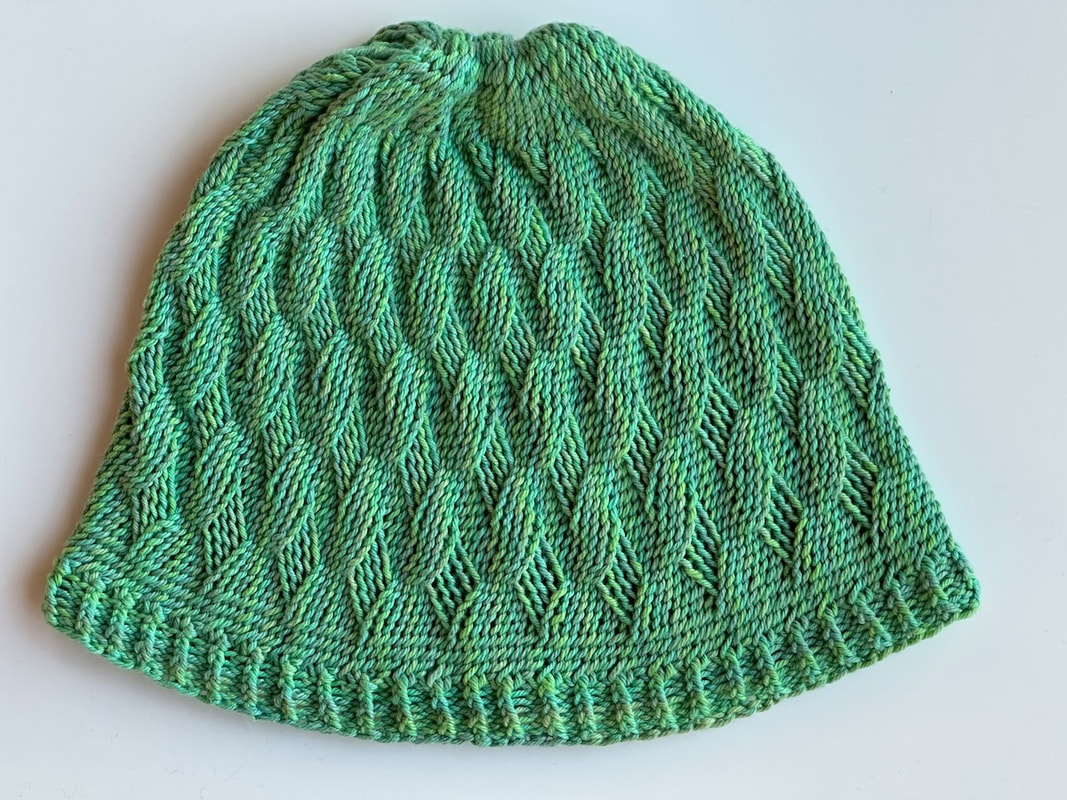

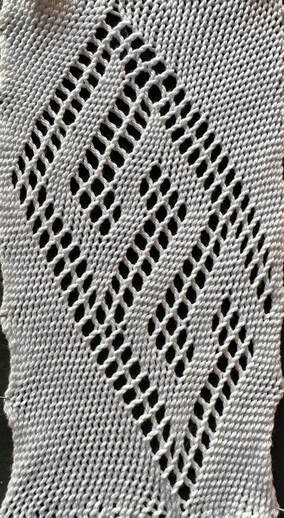
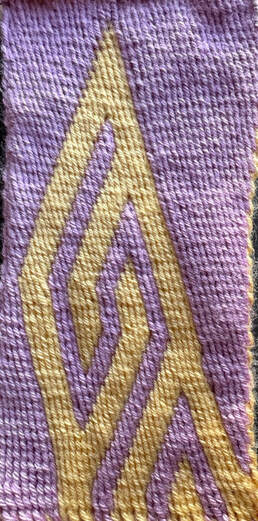
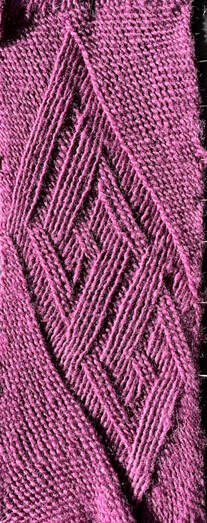
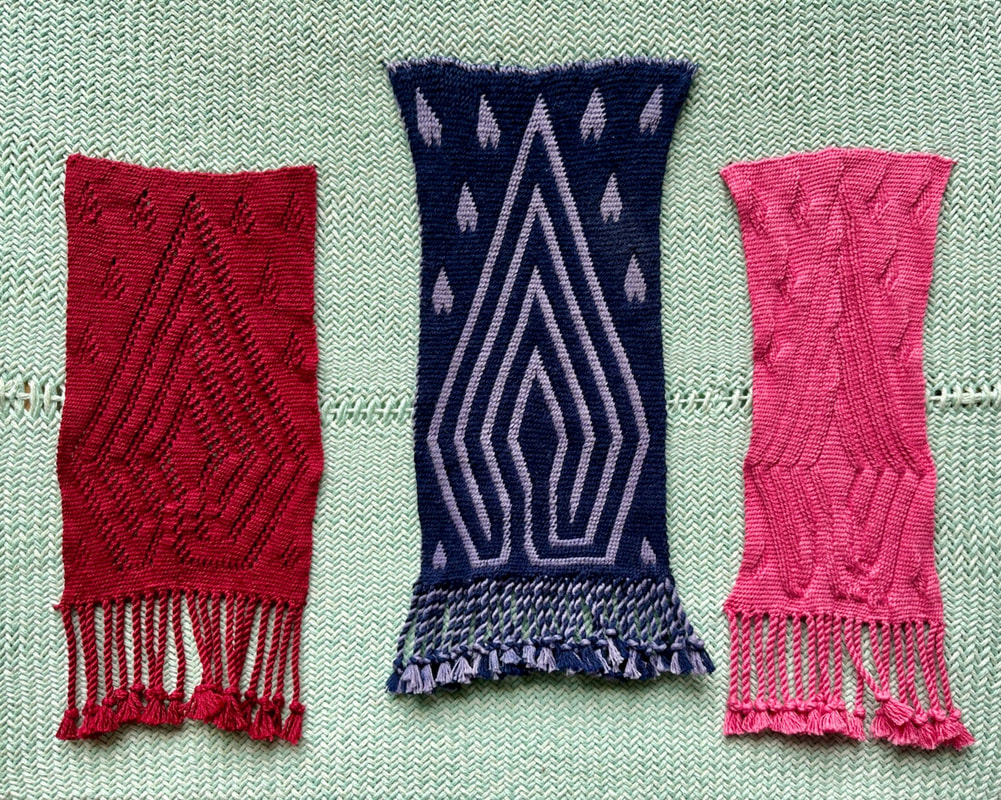


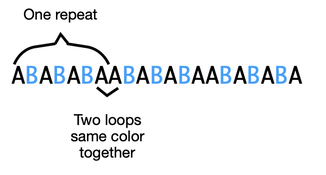
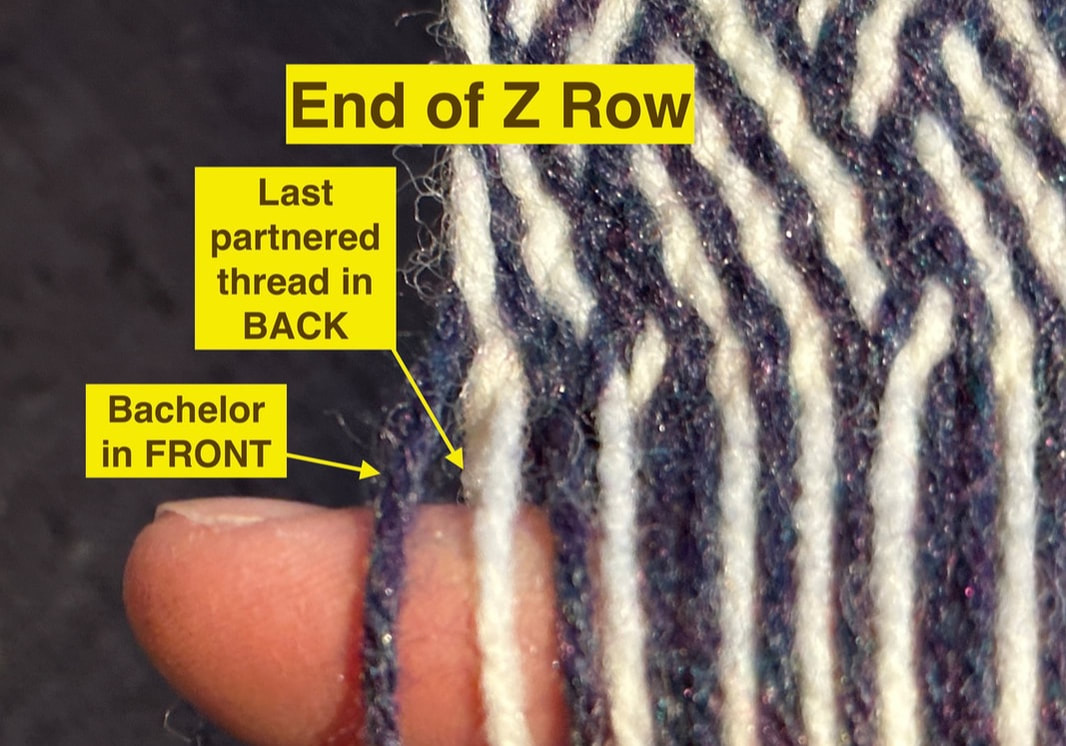
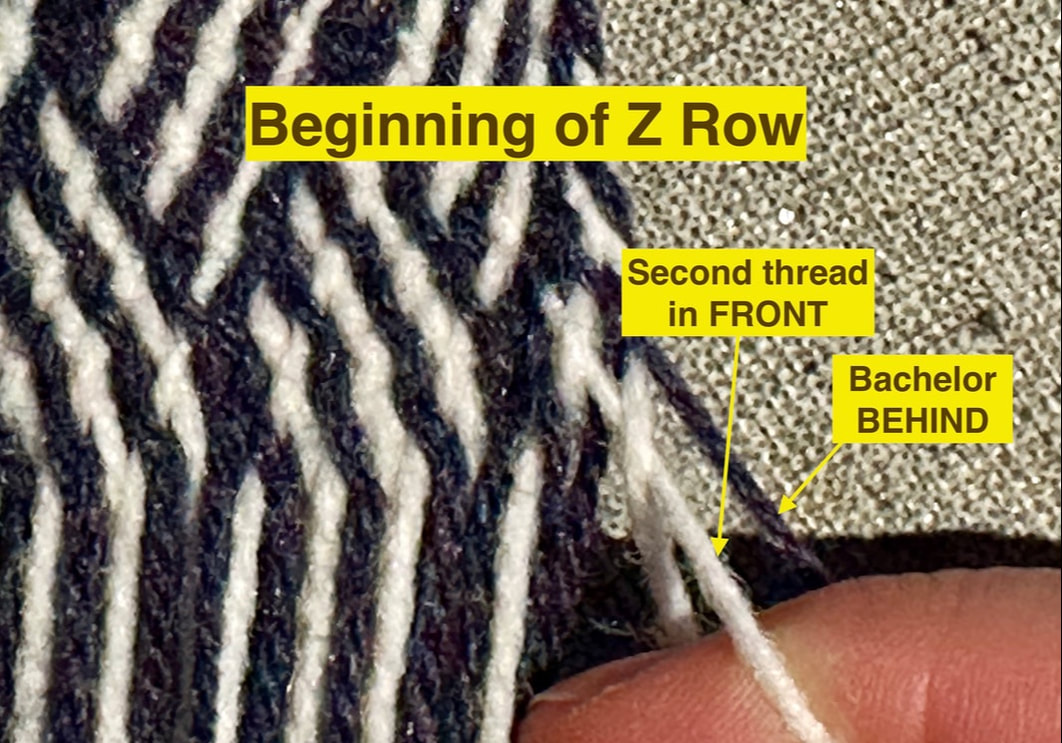
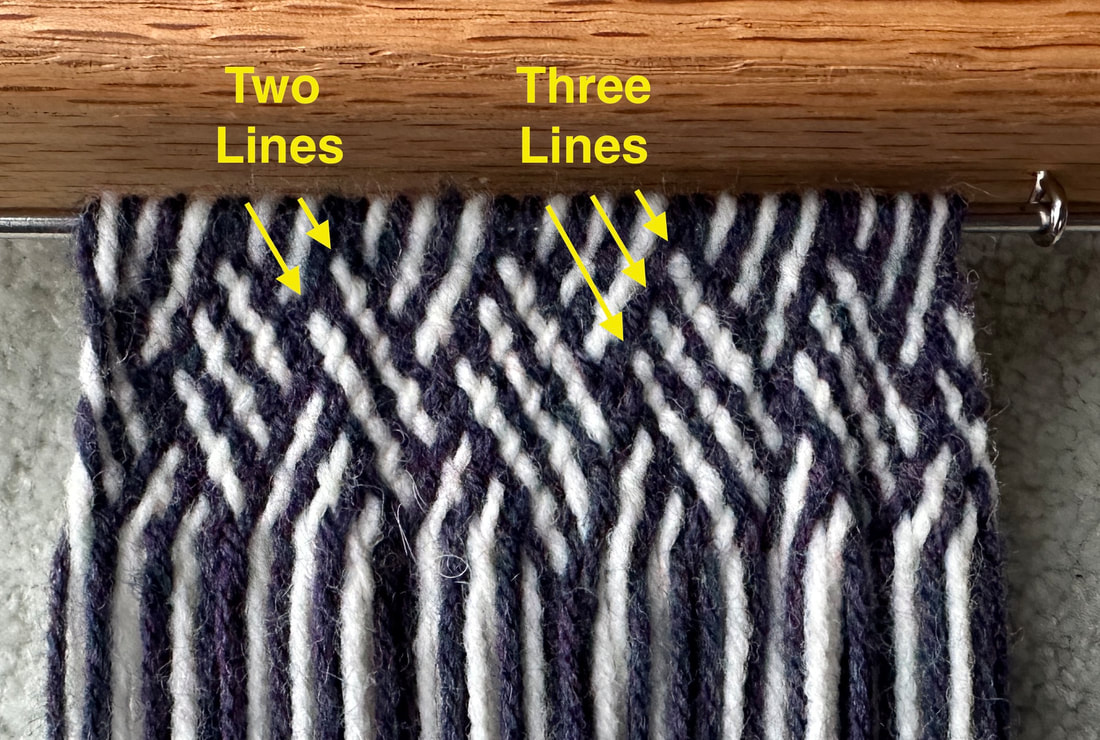
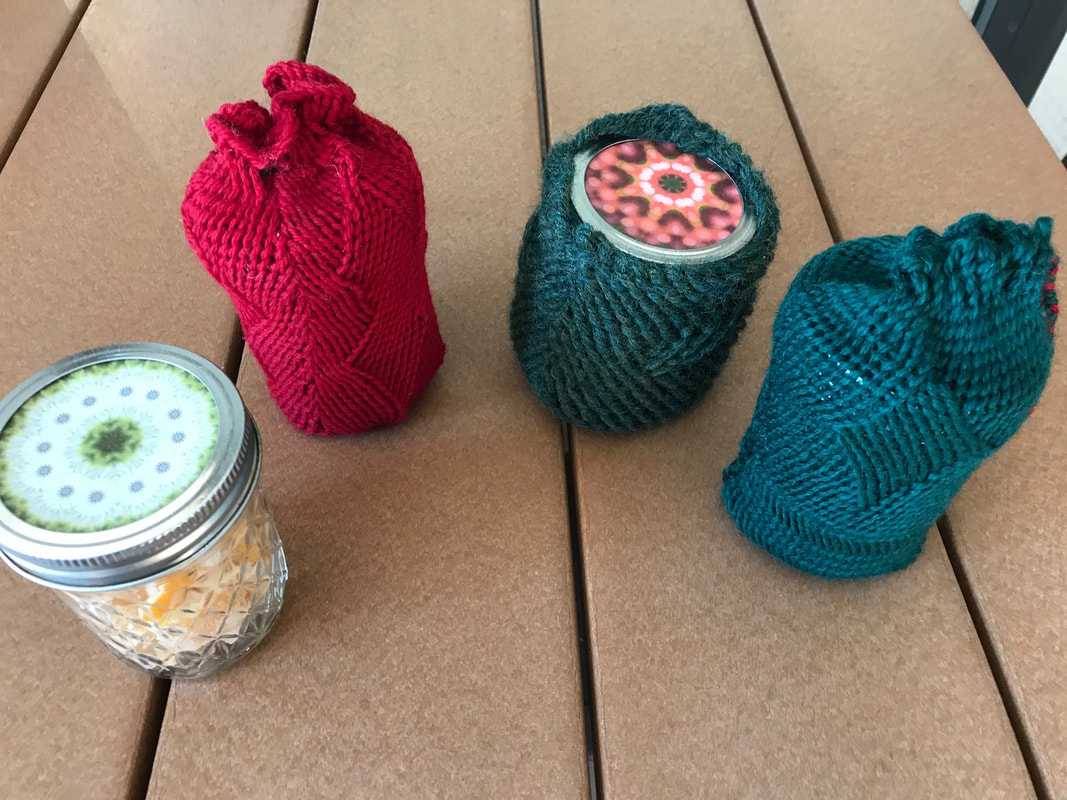
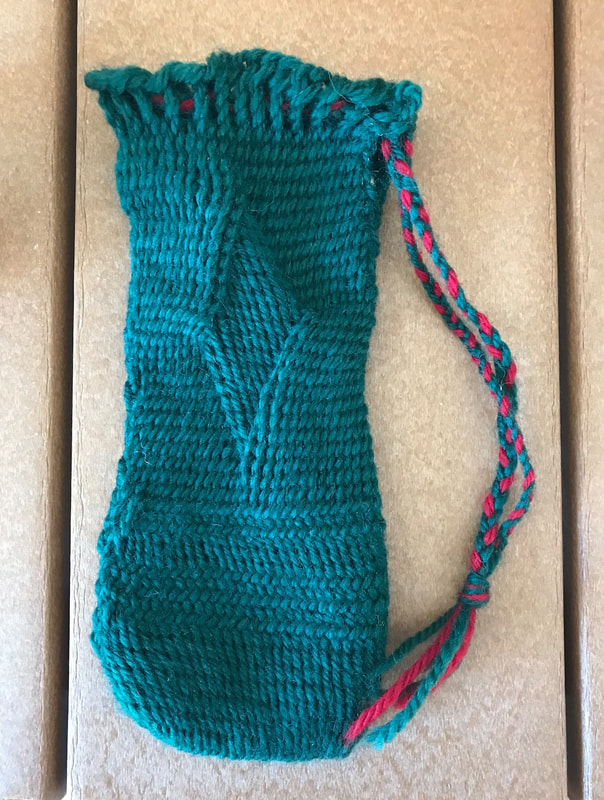
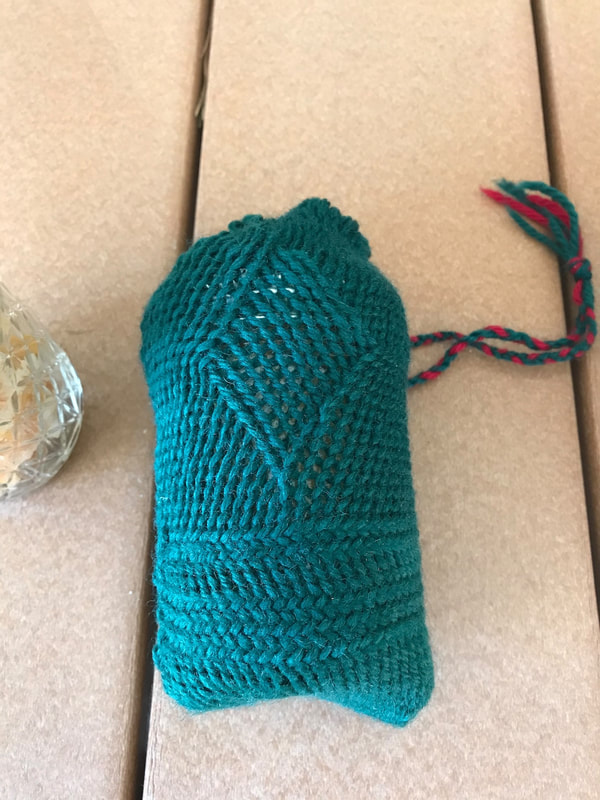

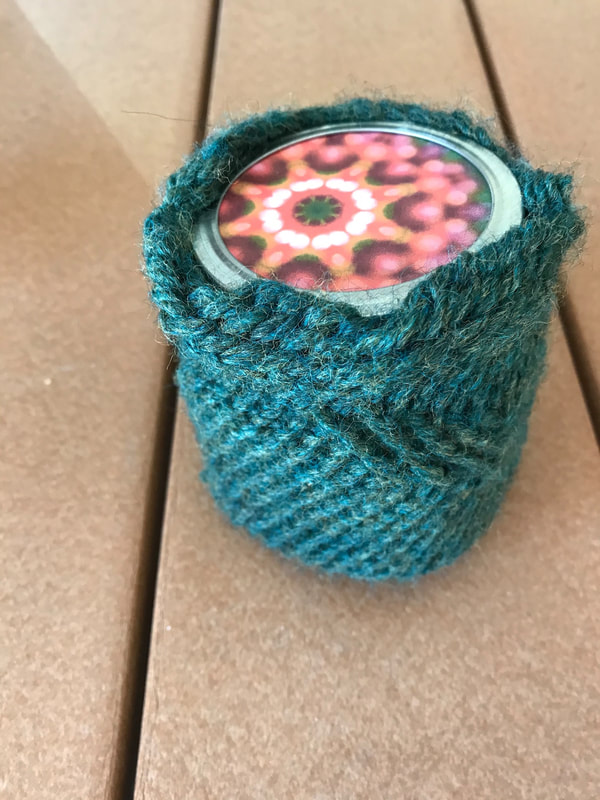
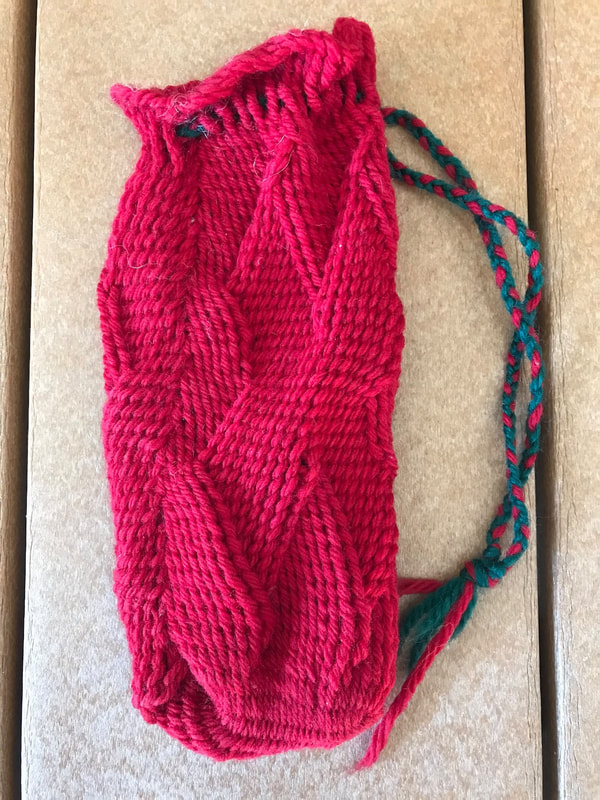
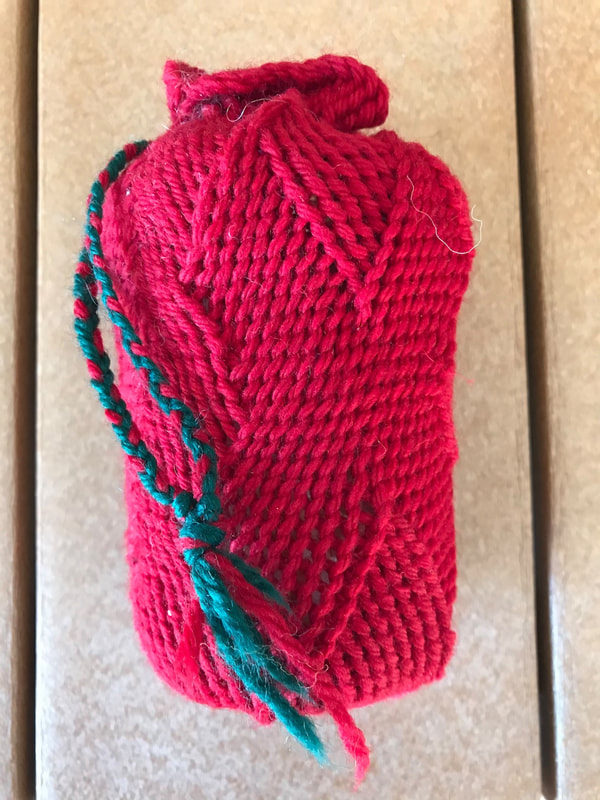
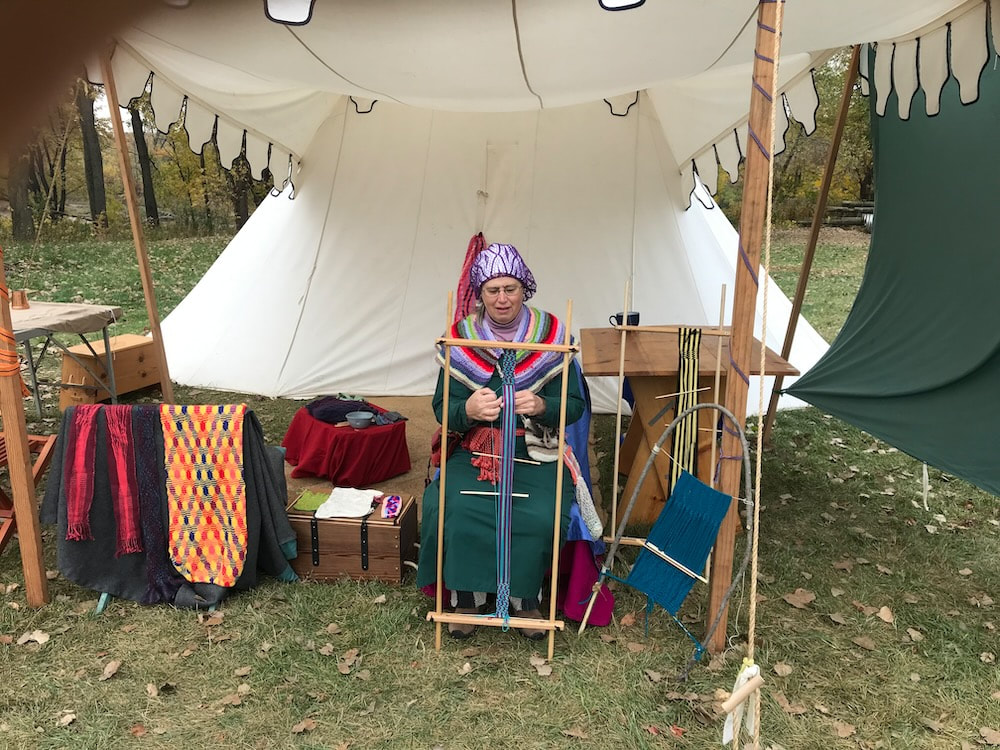
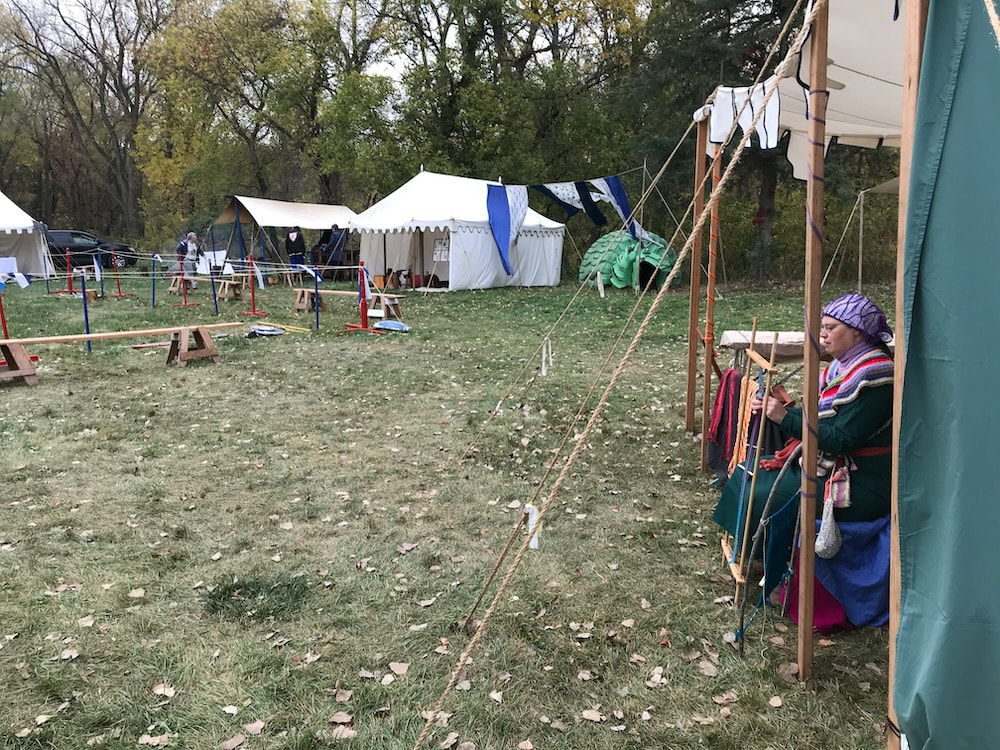
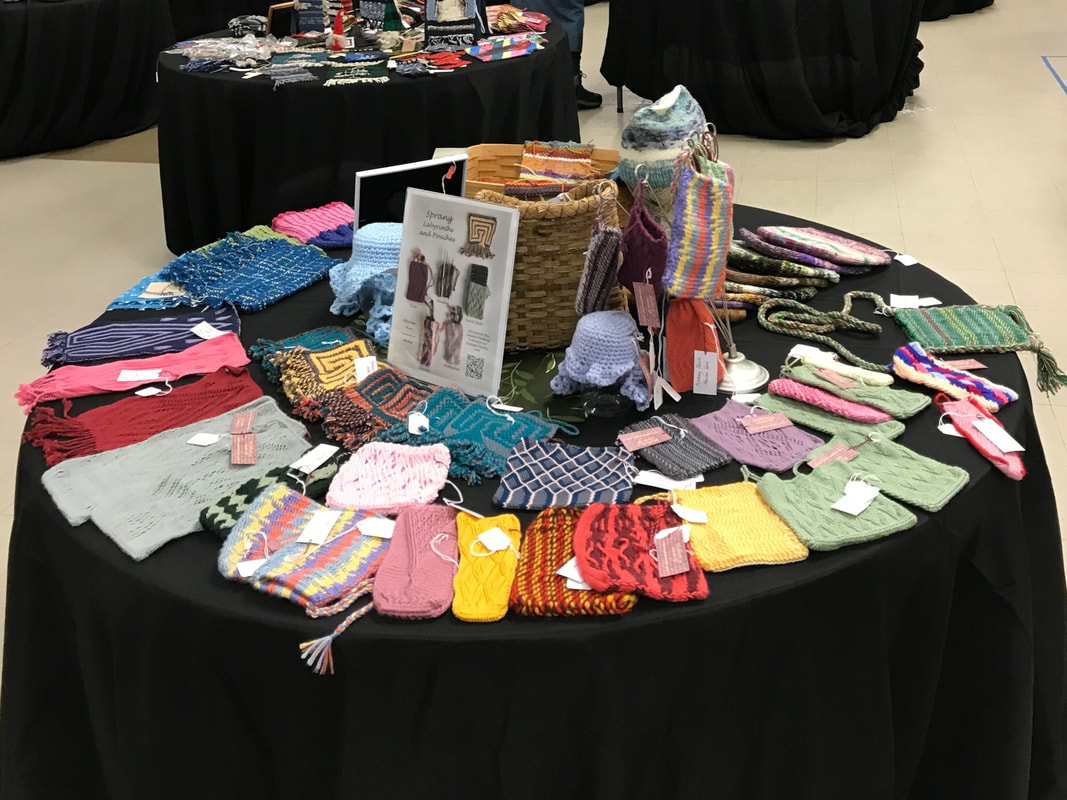

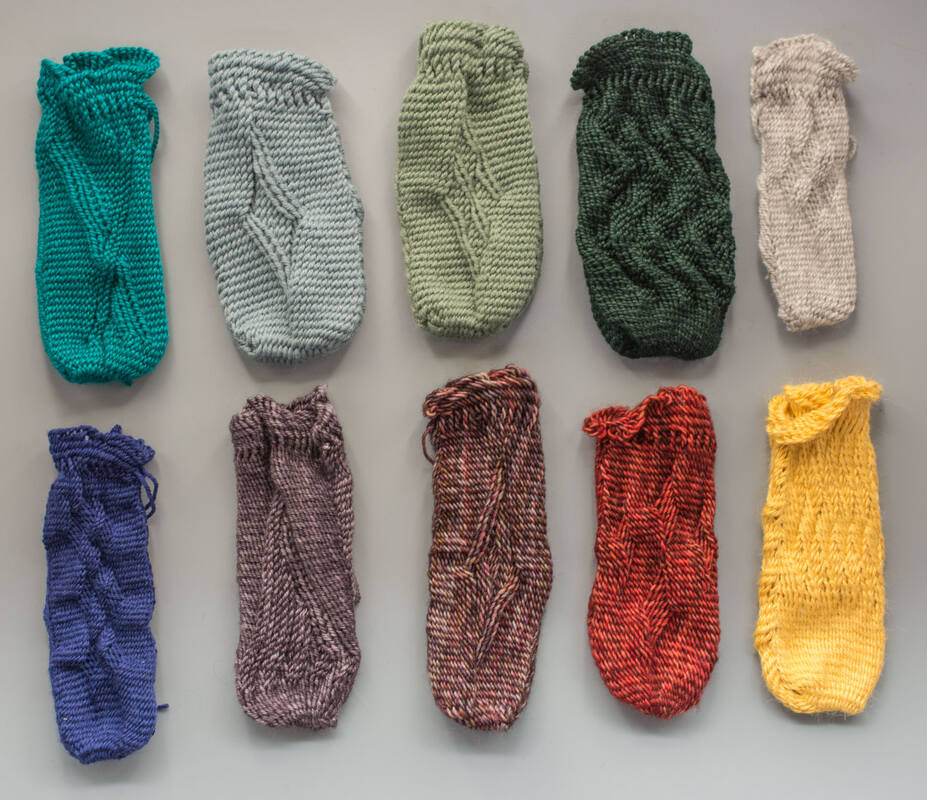
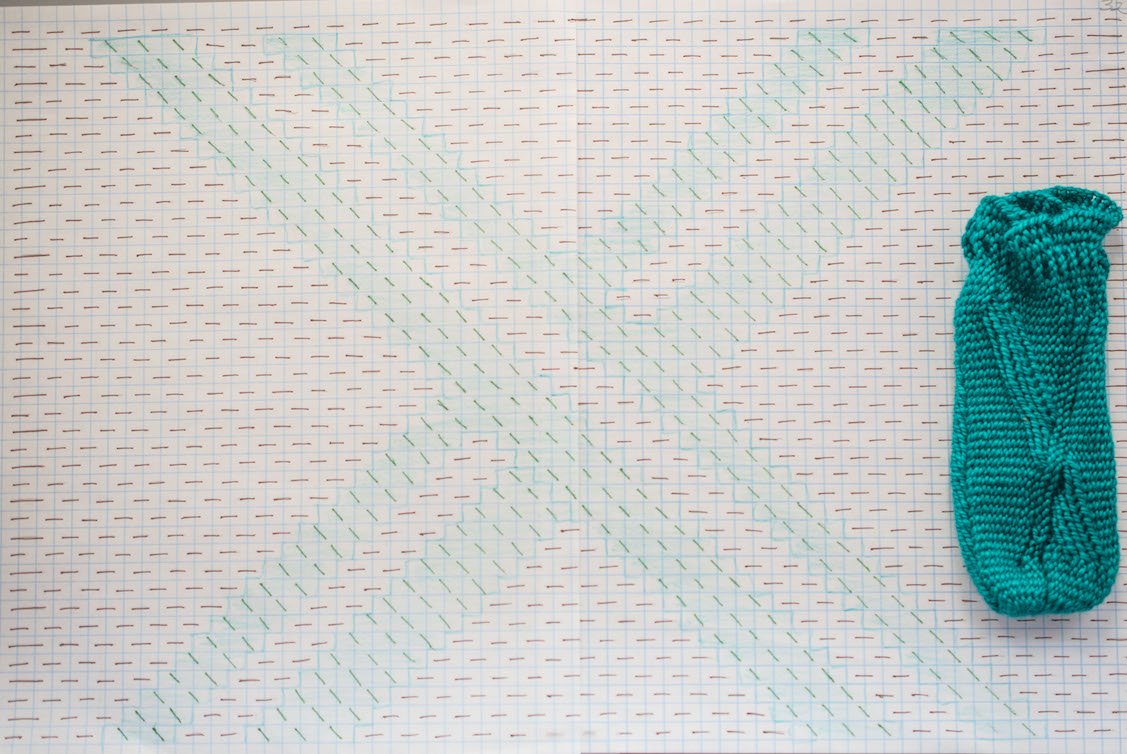
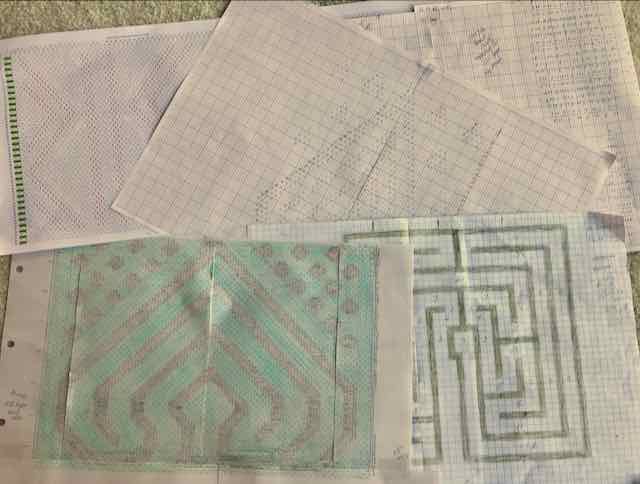
 RSS Feed
RSS Feed